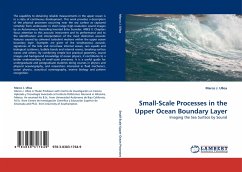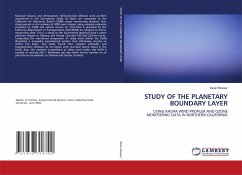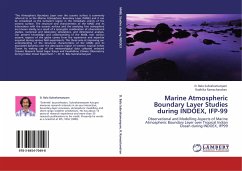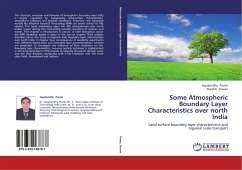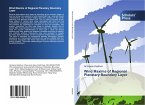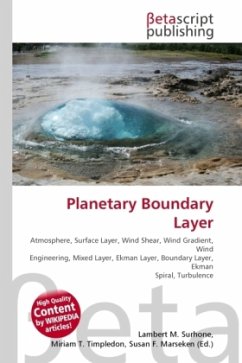The capability to obtaining reliable measurements in the upper ocean is in a state of continuous development. This work provides a description of the physical processes occurring near the sea surface as captured remotely from underwater in short-range high-resolution sound images by an Autonomous Recording Inverted Echo Sounder, ARIES II. Chapters focus attention to this acoustic instrument and its performance and to the identification and interpretation of the most distinctive acoustic features caused by coherent turbulent motions within the upper ocean boundary layer. Examples are given of the simultaneous acoustic signatures of the tide and non-linear internal waves, rain squalls and biological scatterers, bubble bands and internal waves, breaking surface waves and others. By combining simple but practical geometry, sound images and background knowledge of ocean physics, it contributes to a better understanding of small-scale processes. It is a useful guide for undergraduate and postgraduate students doing courses in physics and physical oceanography, and researchers interested in fluid mechanics, ocean physics, acoustical oceanography, marine biology and pattern recognition.

